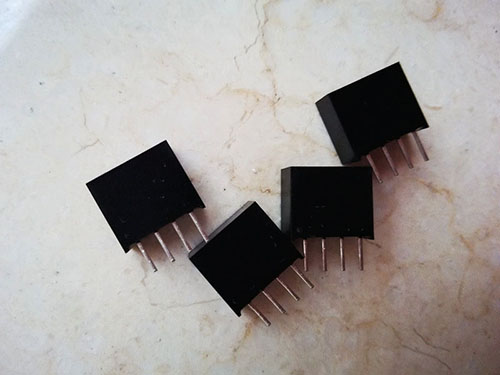How Does A Switched Mode Power Supply Work?
Switching mode power supply works is actually relatively simple: when the transistor is high, the transistor saturation conduction, the equivalent circuit show above, the inductance L storage energy, capacitance C charge. When the transistor is low, the transistor cut off, then the inductor L release energy, capacitance C discharge.
Usually our PCB board has a sampling circuit, feedback circuit, to adjust the base control voltage duty cycle, to achieve the purpose of regulation. Meanwhile, due to the load and the transistor in series, the output voltage is less than the input voltage, so be named buck switching circuit (buck switch circuit). The corresponding parallel switching circuit is similar in principle, and because the transistors are connected in parallel, the inductive induced electromotive force generated by the inductor is superimposed on the voltage and then applied to the load, so the output voltage will be higher than the input voltage.
How does the power module CTRL work?
When use the CTRL control pin function module, could according to the actual use of demand and power supply manufacturers to provide data manual, by changing CTRL pin voltage to change the module to open and shut down to achieve the purpose of the control system. If the customer does not need to use the power module's control function, you can suspend the CTRL control pin or high resistance. Relative to the ground, when connect base high, the power module turns off. Generally speaking, input pin in the CTRL current is around 5 ~ 10mA would be appropriate, if the current exceeds its maximum (usually 20mA) will cause the power module be ruined.
If you have any more power solutions and the PCB board circuits questions welcome to discuss CHONDA engineer.
Thanks for your attention.
